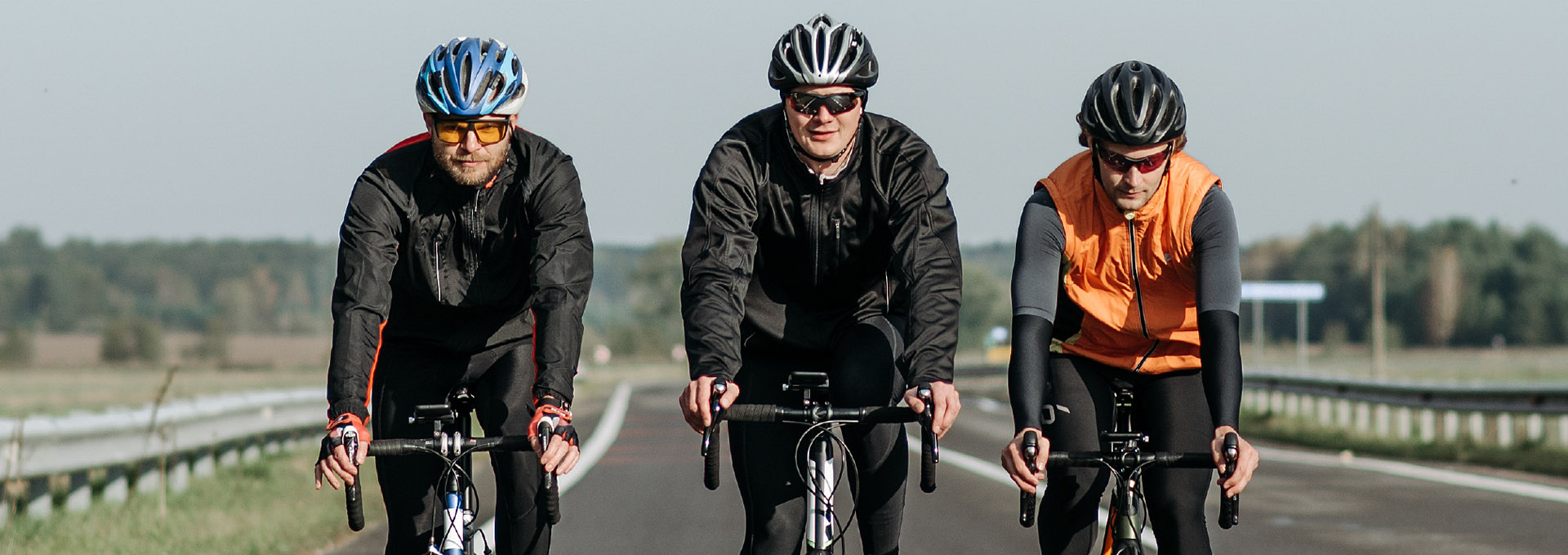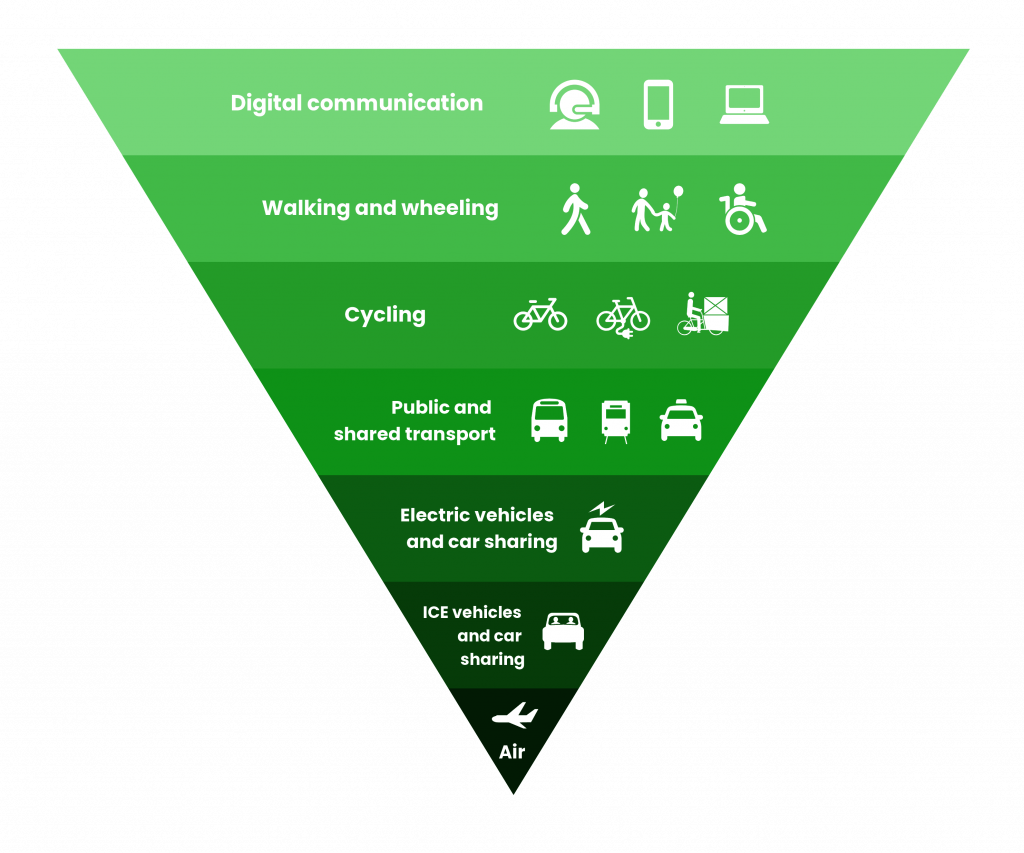We may use cookies to store your preferences and settings, to make the site easier to use, to provide tailored advertising and to analyse the use of the site. Privacy Policy.

19 October 2022
17th – 23rd October 2022
For a long time we’ve been told to turn down our thermostats and put on more jumpers to save energy. Take shorter showers, don’t take baths, reduce how many times we use our ovens and the list goes on. None of these things are sold to us with any benefits to our wellbeing, it’s all about going without something and besides how many of us are already doing all of these things?
So how about we step outside the home and look at how we can save energy AND enhance our wellbeing?
The cost of fuel is making travel more and more expensive so I’m going to talk about ‘Active Travel’.
Travel is all about getting from A to B and the diagram below shows the sustainable travel hierarchy, the higher up the hierarchy, the more sustainable, greener and cheaper that option is:

That means we’re not just saving money and energy, we’re contributing to helping the planet, being more sociable and improving our own health and happiness. Key benefits:
The next form of travel along the hierarchy is cycling, which is proven to build muscle and is linked to improved heart and lung capacity. The government have two initiatives to encourage us. If you have a bike in need of repair there is a ‘Cycle Repair Scheme’ which has been taken up by over 30,000 people so far. Then there is also the ‘Cycle to Work Scheme’ which has encouraged over 400,000 people to purchase a new bicycle.
If your journey is a little too far for walking or cycling under your own steam, or just don’t want to arrive to work a little, let’s say, sweaty then E-bikes and E-cargo bikes might be the solution and are gaining in popularity. These also come under the ‘Cycle to Work Scheme’.
I’m not saying replace all of your car travel with methods of propulsion further up the Active Travel hierarchy but if you did just once or twice a week, then gains will still be made.
Focusing on those journeys we do need to make in our own cars, let’s look at how to drive more efficiently.
If we drive more efficiently, we reduce fuel consumption, lower carbon emissions and have lower risk of vehicle wear and tear……all of which means we also save money! Silly not to really.
So, when you’re driving try to think about the following points:
Driving an electric vehicle (EV) efficiently also requires making the most of regenerative, or regen, braking, which recharges the batteries when you slow down or drive downhill. To do this, use the higher levels of regen once you’re comfortable to do so. This, combined with good anticipation of the road ahead, will mean you do most of your slowing down through regen.
You should also remember that heating an EV takes energy and depletes the battery, so use heating wisely. Most EVs have heated seats and often heated steering wheels. By using these features you’ll probably find you can turn the cabin temperature down, which brings a net saving in energy.
That’s all quite a lot to think about but as it all has a positive impact on the environment, our own health and our bank balances, why wouldn’t you?
All information provided by the Energy Saving Trust
